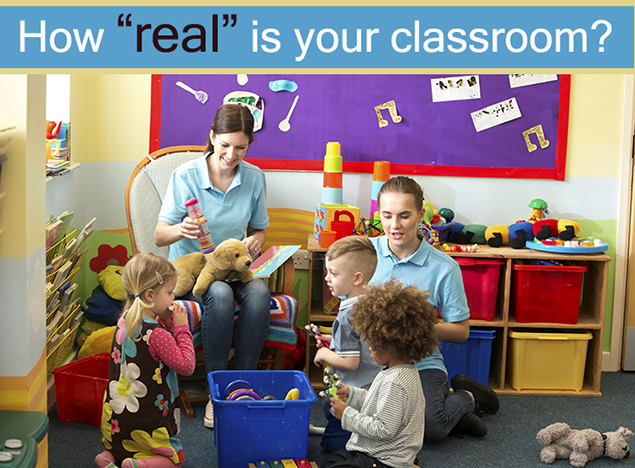How can Teachers make Learning “Meaningful” to Students?
Posted by Network Support · Leave a Comment
Engage your students with the study material, encourage them to participate in the class, and collaborate with each other for “real” learning…
We live in an ever changing world. Facilitating active and deep learning is absolutely valuable. It is the learner who should be responsible for the learning, however, the teacher should become a good facilitator.
Whether you’re facing a lecture hall filled with 300 students or a seminar table with 15 students, one of your primary goals for the class should be to actively engage students with the material. Students learn more when they participate in the process of learning, whether it’s through discussion, practice, review, or application (Grunert, Judith. The course syllabus: A learning-centered approach. Bolton, MA: Anker Publishing Co, Inc, 1997).
By incorporating active learning into the curriculum, teachers can transform their classroom into a “real” one with an exciting, dynamic learning environment. Encouraging debates and brainstorming sessions, teaching case-based problem solving exercises, holding group discussions, are all great ways to actively engage students in learning. Here’s elaborating some of these simple strategies:
1. Debates
This active learning technique helps develop critical thinking and logical reasoning skills in students. Teachers can initiate the debate by presenting competing viewpoints in her lecture, and later assign students to defend one, or both, in a classroom debate.
2. Brainstorming Sessions
Allow students to choose the topic of a short discussion or ask them to generate ideas about how a concept could be applied to a problem that interests them. This will automatically increase their engagement levels. Brainstorming will require them to assess their knowledge and skills, and thus force them to develop a deeper understanding of the material.
3. Case-based Problem Solving Exercises
Teach your students to apply academic theories to real-world problems and develop essential skills with case-based problem solving exercises. Teachers can use case studies in their lecture and have students work out their solutions independently or in groups.
4. Group Discussions
Group discussions help students understand and retain material, while also serving the broader goals of developing their communication skills and increasing their awareness of their classmates as learning resources.
“Think-pair-share” is an effective exercise that can facilitate this.
Like this article for teachers?
Browse the Professional Learning Board COURSE CATALOG to find related online courses for teachers in your state. Professional Learning Board is a leading provider of online professional development classes that teachers use to renew a teaching license or renew a teaching certificate.





